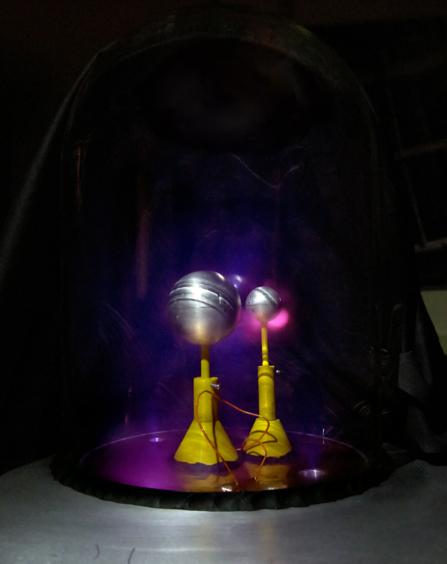
The 3-D printing scene, a growing favorite of do-it-yourselfers, has spread to the study of plasma physics.
With a series of experiments, researchers at the U.S. Department of Energy’s (DOE) Princeton Plasma Physics Laboratory (PPPL) have found that 3-D printers can be an important tool in laboratory environments.
“The printer is now a crucial piece of our laboratory and used regularly,” said Andrew Zwicker, the head of Science Education at PPPL and lead author of a paper that reports the results in the current issue of the American Journal of Physics. “The versatility of the printer is such that our first reaction to an equipment need is no longer whether we can find or purchase the required piece of equipment, but can we print it?”
Three-dimensional printers create objects by laying down layers of material, whether plastic, metal, ceramic or organic. A computer controls a moveable nozzle that extrudes the hot material according to digital computer-aided design (CAD) files. Each layer is thin, often measuring only several hundred millionths of a meter in height.
Hobbyists have used 3-D printers to build curiosities such as sets of interlocking rings. But researchers have become interested because the printers can build customized parts for experiments, often at very low cost. And because a 3-D printer can produce parts quickly, the time between when a need is recognized and when a part is ready to install can be just a few hours.
During the experiments, Zwicker and his team printed plastic parts, including a cone and a cylinder, to test basic properties such as size, shape, use as an electrical insulator and ability to operate in a vacuum. The researchers also printed parts for an electrode in a plasma physics experiment, and replacement parts, such as a guard for a cooling fan and a handle for a piece of test equipment. Zwicker needed to see if the parts could withstand moderate vacuum environments in some plasma physics experiments and could withstand physical stresses. The team also needed to determine whether the dimensions of the parts matched the specifications of the designs.
Read more at ENGINEERING.com

